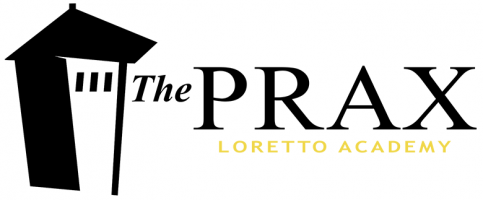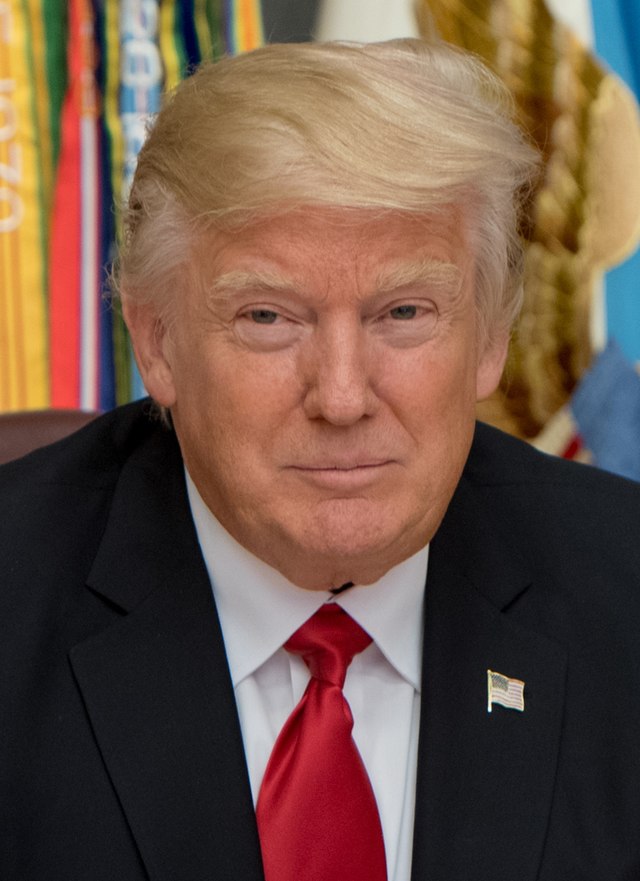Nation divided
Photo courtesy of Wikimedia Commons
November 19, 2018
President Trump is approaching his second year in office, and the country has become more divided than ever.
Trump’s Presidency has brought to light many social concerns and separation among groups with issues regarding immigration reform, gun control, and tax policy.
There have been many happenings since President Trump took office in 2016, and it would be unwise not to realize how deeply polarized American politics has become.
The 2016 election between Hillary Clinton and Donald Trump was one that fiercely divided the Left and the Right, and although that gap has been present since the end of the Cold War, politics today seems to almost mirror it.
The problem is that American partisanship has morphed into an identity rather than an ideology, what used to be an opinion has turned into straight fact for the person that believes it.
This has caused the fierce division among the Left and the Right, and one that the president feeds into as well.
President Trump’s rhetoric has been often put at fault for creating a nature of violence in our country, however are his Tweets really the only thing to blame?
According to the Washington Post, Scholars Ronald Inglehart and Pippa Norris have argued that, in the past few decades, people began to define themselves politically less by traditional economic issues than by identity — gender, race, ethnicity, sexual orientation.
When American Partisanship used to be based on economic ideology, it was substantially more easier to compromise- if the issue was money, there was always a value to compromise on, however, now if the issues are identity, culture and religion, compromise seems immoral.
With more recent news, with the confirmation of Supreme Court Justice Brett Kavanaugh, liberal activists and politicians fervently opposed the nomination, hundreds of protest events and outreach campaigns rallied against the nomination.
The nomination of Brett Kavanaugh only further showcased the division in partisanship that exists in our government.
The backlash against the confirmation of Justice Kavanaugh showed not only the division between Democrats and Republicans, but also opposition from groups such as the MeToo Movement.
In our own state of Texas, with the recent reelection of incumbent Ted Cruz back into the Senate after a very tight battle against Congressman Beto O’Rourke, the race proves that there is even division in a “deep red” state
Democrats won Congressional seats held previously by Republicans, which places Texas as a key state to monitor in the 2020 election.
After the midterms, Democrats have taken back control of the House of Representatives, while the Senate and the Executive Branch remain ruled by a Republican majority.
The results of the midterms reflected divisions within the electorate about the president and all the major issues facing the nation.
According to the Wall Street Journal, Democrats won support by young people, people of color, and women.
With the two houses of Congress split after the midterms, President Donald Trump and Democratic Minority leader Nancy Pelosi have expressed their desires to work above bipartisan policy in the new Congress, in order to solve the issues that have concerned the country.
However, with a party split in Congress, it may be possible that the country will fall in gridlock rather than in progress.
Historically, gridlock has made Congress “stuck” in passing policy or getting anything done, usually Congress falls into such circumstances when there exists a split in party lines in the two houses.
It’s still too early to tell how a split Congress will proceed on impending issues such as tax cuts, health care, poverty programs, and immigration policy.
However, one thing is certain, the nation is fiercely divided between the Left and the Right, and only open dialogue and compromise may be the answer.





